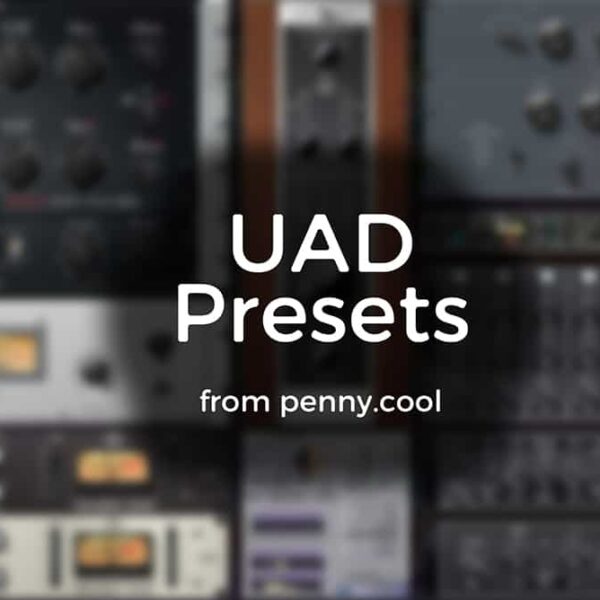
The UAD Fairchild 670 adds a slight touch of harmonics. The mojo. And then the gain reduction kicks in…
Just because people always want to know—
Time constant settings for the Fairchild 670:
- Attack: 0.2 ms, Release: 0.3 sec
- Attack: 0.2 ms, Release: 0.8 sec
- Attack: 0.4 ms, Release: 2 sec
- Attack: 0.8 ms, Release: 5 sec
- Attack: 0.4 ms, Release: 2 sec, 10 sec for multiple peaks
- Attack: 0.2 ms, Release: 0.3 sec, 10 sec for multiple peaks, 25 sec across similar levels
You can see (and hear) these are program dependent, and rumor has it that even the attack times vary depending on the level of the peaks. (You can look at them in the original manual at the link below.)
I can’t vouch for these being completely accurate in any of the modeled plugins, it’s particularly hard to test something like that. They probably aren’t even totally accurate from hardware to hardware. (Especially with aging and replaced tubes, etc.)
You can take a look at the Waves version (Puigchild 670) and the IK Multimedia (VC-670) one as well. There are some pretty significant differences in the EQ curves between each of them. The harmonics between all of them also show a lot of variation, with the UAD and IK Multimedia versions a bit closer but still quite different from one another.
The UAD shows some filtering to eliminate the very high end, eliminating aliasing. The Waves and IK Multimedia versions, uh, don’t. It may all be above what we can hear, and aliasing is overrated, blah blah blah, but still….
The biggest difference I see between the three, is the way they approach the compression curve. The Waves has a non-adjustable curve, which is probably close to where the DC threshold screws were set on a factory 670. The UAD, on the other hand, allows for the curve (ratio and knee, if you will) to go from soft to very much a limiter using the DC controls. On the original hardware this went from a 2:1 ratio, to a 30:1. IK Multimedia lets you adjust with some “screws” under the AGD knob, but you can’t really set it for anything as gentle as the UAD. Take a look at the charts and you will see what I mean.
Always remember that when vintage equipment is emulated, there are a lot of changes that can happen setting to setting and sound to sound. It’s that non-linearity thing. The better the programming, the closer to the nuances of the hardware. So at some point you have to either trust or be intimately familiar with the hardware that is being modeled. Again, I don’t have a real Fairchild to compare.
Hints:
- Use the HR (Headroom) knob to do some interesting stuff. For one thing, it can push the signal into compression at a lower level.
- Having the built-in parallel wet/dry is always a nice digital addition. Double your compression, half your mix.
- The DC Threshold controls are the coolest thing ever. Well, maybe not but they allow for so much control, especially if you are using this on a mix bus. See the charts below for the two extreme positions, as well as “cal”, the factory set calibration. When you pair this with attenuation based on incoming level, as well as release characteristics, it’s a pretty powerful tool. (And you don’t even have to get a screwdriver.)
For the fun of it, check out the original Fairchild Manual.











